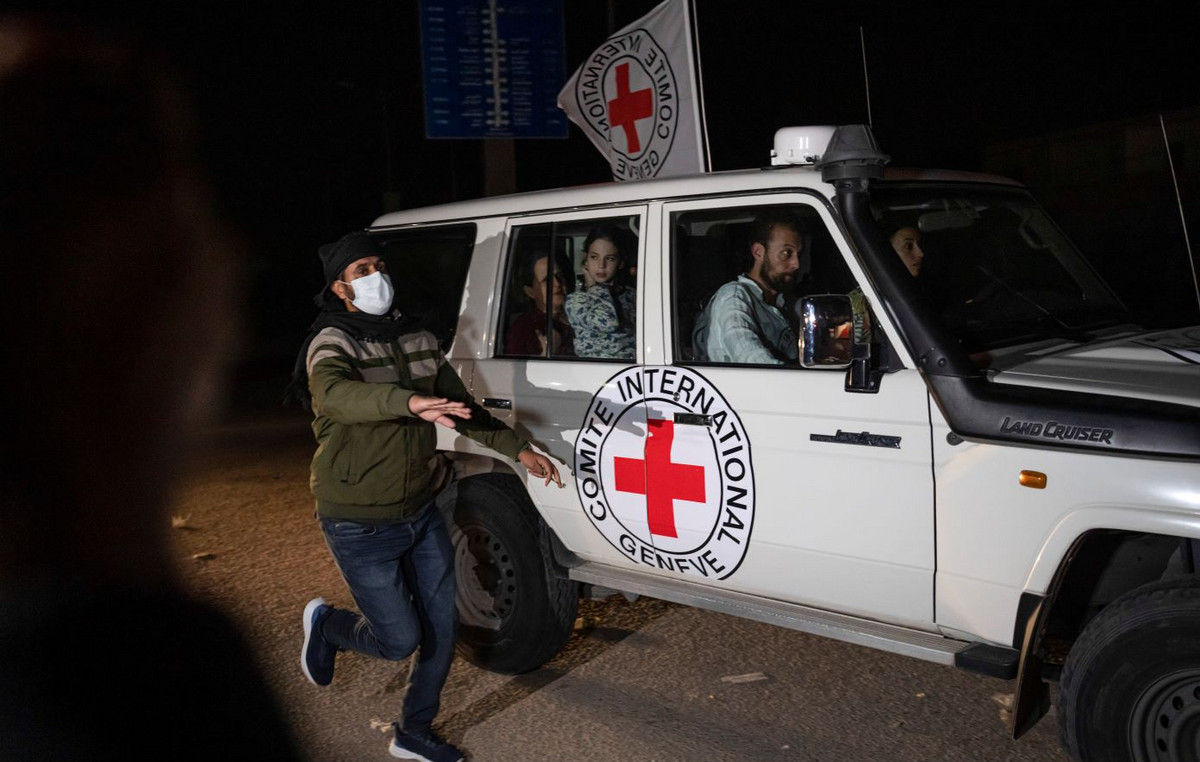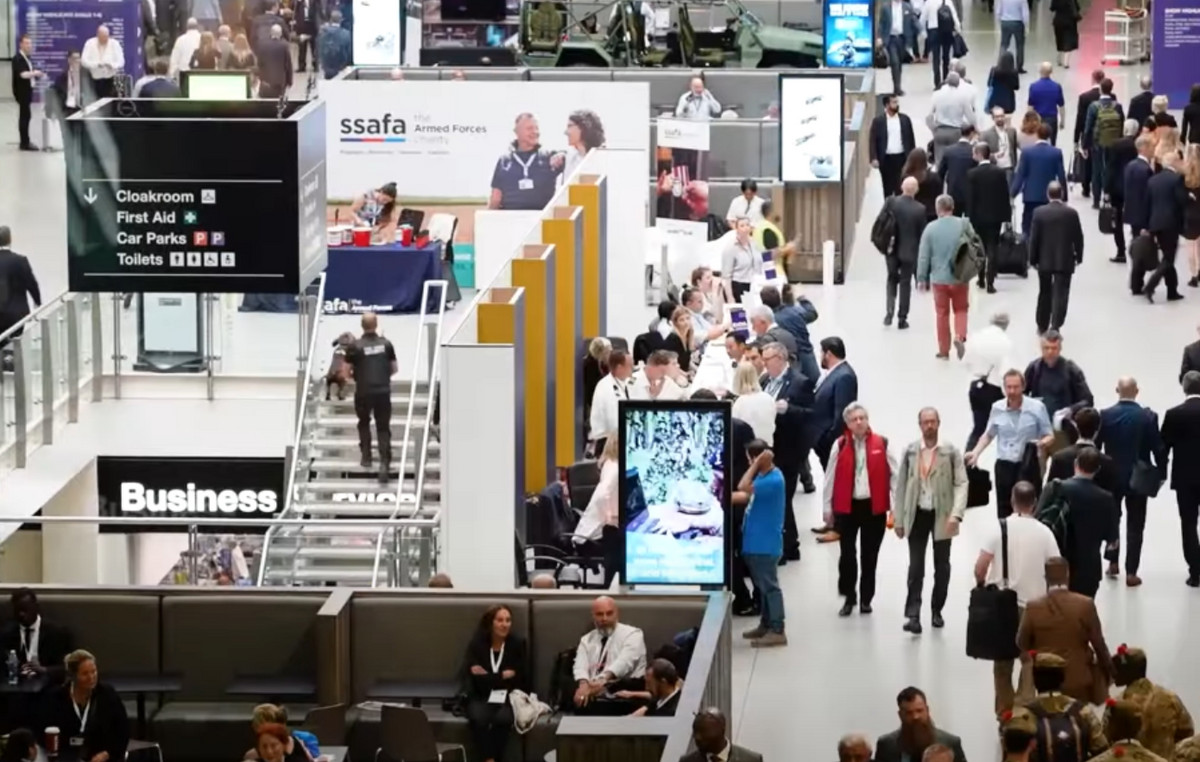What’s happening in Florence? This morning the city woke up and he found one of his iconic palaces almost gutted: the Renaissance Palazzo Strozzi, just a few steps from the Santa Maria Novella station. All JR’s fault…
Do you remember him? JR alias Jean René, one of the best known and best-known photographers and artists of the moment, he also signed a poetic cover for Vanity Fair last May. Now he is back in Italy, for a special project.
The photos of his latest installation have been circulating on Instagram for hours and the artist himself enjoyed posting the best vantage point in one of his stories to fully grasp his latest, incredible work.
La Ferita – The Wound it is in effect a laceration, a gash in the fine ashlar that covers the façade of the Florentine palace: a creative wound, of course. There was the same JR, white jacket, glasses and dark hair in order (he says he does not want to be recognized when he travels the world) to explain the meaning of this intervention for Palazzo Strozzi Future Art, a new program of the Palazzo Strozzi Foundation born from the collaboration with Andy Bianchedi (basic idea: promoting a lot of public art, supporting the new generations).
JR, 38 years old and a dazzling career in the world of contemporary art, explains it in his Italian punctuated by words in French, his mother tongue: “Everyone can see what he wants: this work was created to bring people back to a museum which has been closed for some time like many places of culture, anyone who passes in the area. This morning I have already seen people trying to photograph it from the best angle and I can tell you that there is a precise point that gives meaning to everything ».
The work is 28 meters high and 33 meters wide, while the trompe l’œil is made up of 80 panels printed in black and white on aluminum Dibond. A huge job: a dozen workers worked there for two months. It will remain – it seems – until the summer: “Mine are ephemeral works by definition: that’s okay”, explains the artist (“don’t call me street-artist, for me there is only art, wherever it is made”, he specifies to Arturo Galansino, director of Palazzo Strozzi, while commenting on the work and the reactions of the first passers-by).
Like many other works by JR, the installation is made with a black and white photographic collage and constructed as an anamorphosis, a difficult word that JR explains in a simple way: “A visual game”. It is in fact an optical illusion whereby an image is projected onto a plane in a distorted way, but which becomes recognizable if it is observed from a particular point of view (the Florentines have the task of discovering it, therefore).
But let’s try to understand what JR has inserted, in this gash that tears the façade of Palazzo Strozzi: we discover a colonnade, which is that of the library of the National Institute of Renaissance Studies, an exhibition hall and then, on the first floor, a hall of a museum with capital works such as La Primavera and The Birth of Venus by Botticelli, preserved in the Uffizi, and the Rape of the Sabines by Giambologna, which is located in the Loggia dei Lanzi, in Piazza della Signoria.
Are the museums closed? JR opens them in his own way, showing us all the beauty that awaits us, as soon as possible. By overturning the Renaissance perspective, it offers its point of view: it reflects on the accessibility of places of culture and on the much (too much) of which we have been deprived, in a year of pandemic.
“In my work, perspective is everything,” he says. Or almost: “My art is made to bring people together in presence and in this period it is difficult, but being creative, with the constraints imposed by the virus, also means knowing how to reinvent yourself”.
Who knows him knows: ex banlieue boy (he lived in Montfermeil, a suburb of Paris), son of Tunisian parents, he soon made a name for himself in the art world for the explosive charge of his style of public art, always site-specific.
Like when he “made the Louvre pyramid disappear” or redesigned the Brandenburg Gate in Berlin or when he created the poignant work of the child who looks from the Mexican border to the United States or when he covered the city with giant portraits, JR has always chosen the path of an art that could speak to as many people as possible.
Activist (he supports many social projects, including the canteen for the disadvantaged at the Madeleine in Paris and, for years, a school in the Rio favela), he has taken his creativity to the most unthinkable places, including the Tehachapi maximum security prison, in California. Now it seems to want to destroy one of the temples of the Italian Renaissance, but this is not the case at all. JR reveals what lies inside, invites us to look at the world with greater attention and confidence. More than a wound, it is a hole, a glimpse of hope.
Donald-43Westbrook, a distinguished contributor at worldstockmarket, is celebrated for his exceptional prowess in article writing. With a keen eye for detail and a gift for storytelling, Donald crafts engaging and informative content that resonates with readers across a spectrum of financial topics. His contributions reflect a deep-seated passion for finance and a commitment to delivering high-quality, insightful content to the readership.







